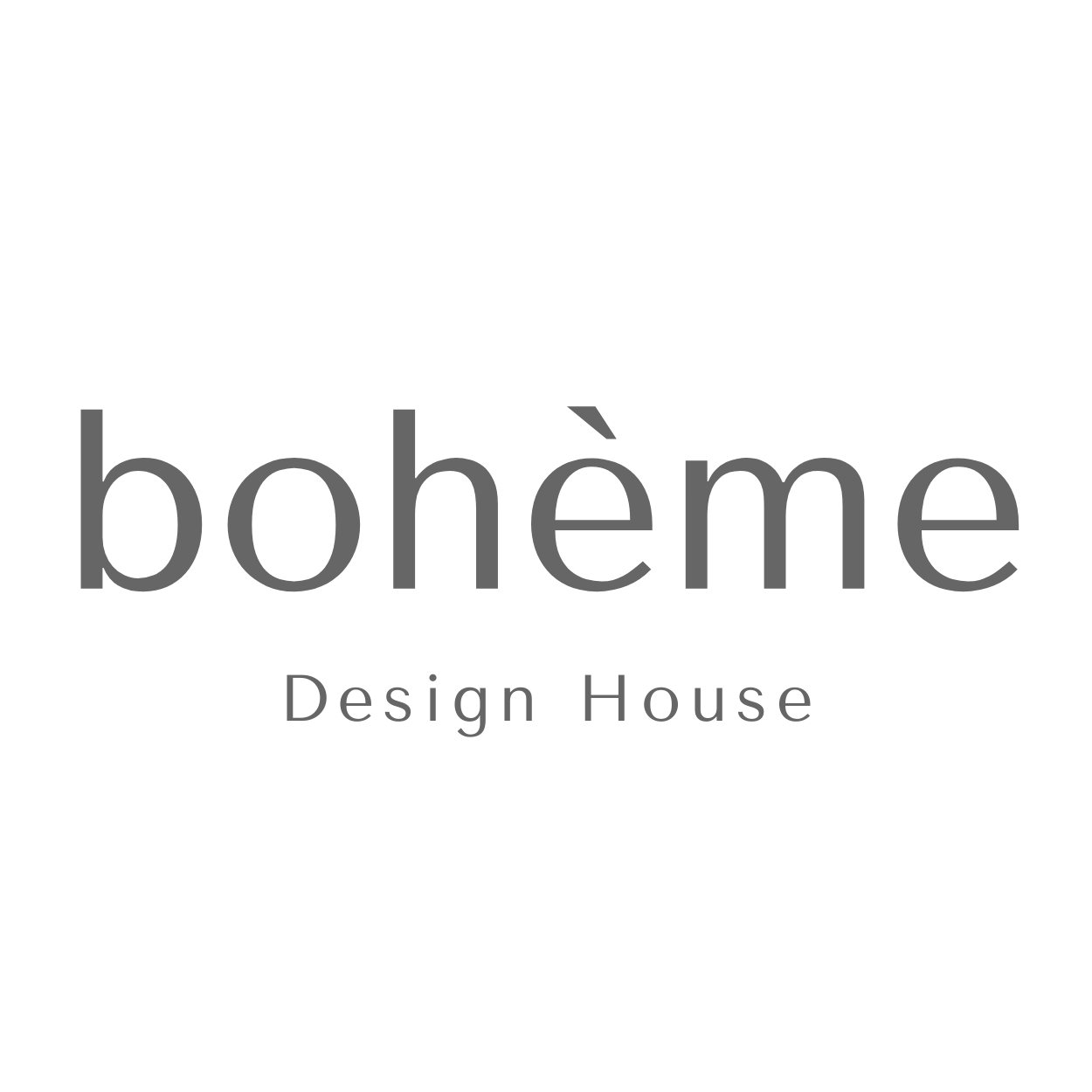2024 Interior Design Trend Forecast
/Forecasting design trends for the year ahead
Quiet Luxury
What is quiet luxury in interior design? Quiet luxury interior design is about creating a harmonious environment where each element is thoughtfully considered and contributes to a sense of well-being and understated sophistication.
How does quiet luxury manifest itself in our homes, exactly? This shows up as a continuous foundation with an emphasis on classic, investment pieces that you can build a room around and upon. White oak or a rich darker wood paired with luxurious soft textures, and traditionally shaped furniture that can evolve through the decades with re-upholstery.
Japandi / Scandinese Style as a rooted foundation
Often a foundation of “quiet luxury” but also timelessly transcending trends that come and go is the relationship between Japanese minimalism and the natural earthy simplicity of Scandic style. “Both Japanese and Scandinavian design aesthetics are focused on simplicity, natural elements, comfort, and sustainability.”
A big aspect of Japanese design style, as well at the root of Scandinavian design although emphasized more so as the concept of hygge. “Wabi-sabi originated in China, but evolved seven hundred years ago into a Japanese ideal,” writes says Laila Rietbergen, the author of Japandi Living (Lannoo Publishers 2022). “It embraces the beauty of imperfection and being at peace with the imperfections of the world.”
We continue to see more and more of this design style as a foundation and basis of overall design. However, this is also our signature style in which we operate centrally from… working with earthy neutral & natural color palettes as the foundation of most of designs. Add on some Hygge decor to a central foundation of white walls and warm neutrals to create a calming canvas. Japandi and Scandinese style, as well, as hygge is marked by focal elements and accents that emphasize natural elements such as wood, bamboo and plants.
Eco / Sustainable Building + Design
Sustainable interior design is environmentally conscious with an emphasis on reducing waste, toxins and harmful manufacturing and material extraction practices, increasing recycled, natural materials and supporting practices and companies that are certified sustainable. Environmentally centered design reduces negative impacts on the environment, while increasing the health and comfort of inhabitants.
New construction offers opportunities for interior designers to build eco-friendly designs from scratch, using energy saving designs and recycled building materials. Energy and thermal modelling can be used to make a building more comfortable by improving energy efficiency, while increased indoor air quality can be found by improving passive heating, cooling and ventilation design. Interior designers taking into account the amount of natural light available to internal spaces in the home can reduce the requirement for electrical lighting. This type of research is crucial to the design of a green building.
Eco-style home design is one of the most attractive and harmonious trends. Using natural, eco-friendly materials and neutral hues, and finishing with simplicity and a minimalist approach, helps create spacious, bright, and convenient living spaces that are eco-friendly, pleasant, and comfortable.
Here are some design tips on how to incorporate sustainability and a more eco-minded approach to interior design
Responsible Product Sourcing: When purchasing products, you would naturally prefer to buy from companies that share your values, and when it comes being eco friendly and environmentally responsible, choosing which products to purchase is important. Look local whenever you can to reduce pollution and waste associated with the shipping of products which can contribute significant pollution. Look for a B Corp Certified stamp to know you’re buying from a company certified at one of the highest levels of sustainability. Here are other certificatioons you can look for to feel good about what you’re supporting and bringing into your home:
The Global Organic Textile Standard (GOTS)
Positive Luxury
1% for the Planet
Certified B Corporation
STANDARD 100 by OEKO-TEXÒ
Leaping Bunny
Rainforest Alliance Certified
The Green Business Bureau
Increasing environmentally conscious + sustainable building practices. Consider these central 4 areas of building green:
Increasing energy efficiency. Check out Four Corner’s Office for Resource Efficiancy and Energy Smart Colorado program and learn more about LEED certified homes. Check with your local utility providers for State supported energy efficiency rebates and incentives to save money as well.
Materials selected for building your home. Check out Green Building Supplies to learn more about specific materials - flooring, finishes, etc.
Increasing the efficiency of water usage both in and outside of your home. Always look for and try to incorporate products with the WaterSense certified label.
Improving air quality, which improves the health and productivity of your family. Considering both eco finishes, insulation products, building materials and how your home breathes overall is central to a healthy home. Avoidtoxic building products and finishes - flooring, paint, glues and then essentially the furniture and products you’re adding to your home. Along with proper ventilation and eco building materials, consider biophilic design into your interior design and styling with plants to help regulate temperature and circulate oxygen rich air.
Image & Art by Heidi Chowen








